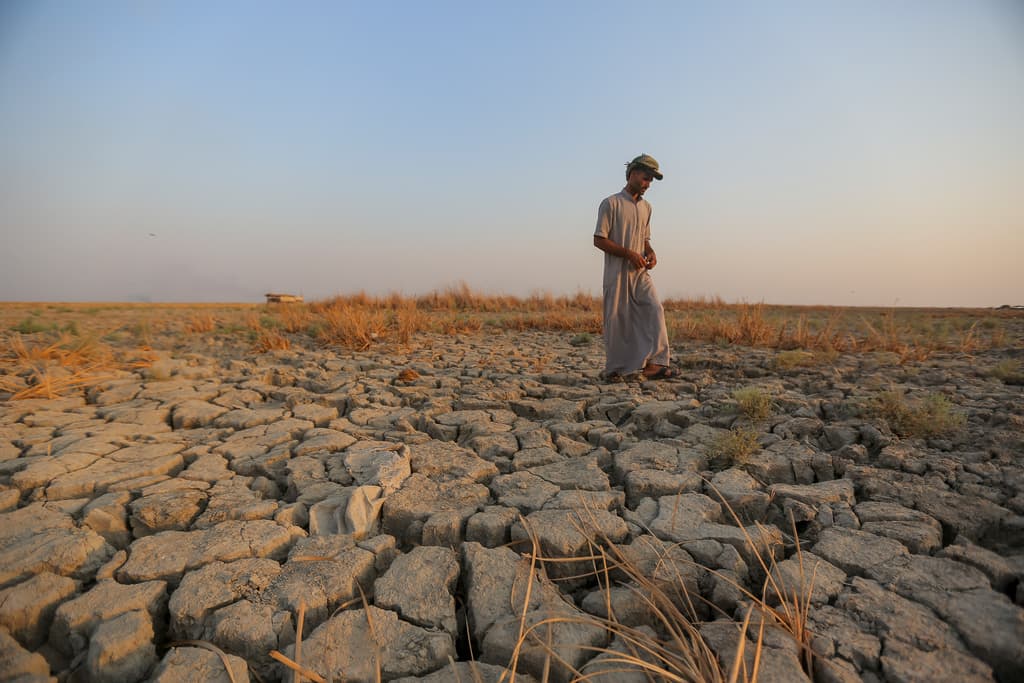Countries where conflicts are raging are also more severely affected by climate change.
The difficult combination leads to great suffering for the population.
In most of the 20 countries in the world that are most vulnerable to climate change, wars are also raging. The combination is difficult to handle, both for the population and for international aid organizations.
Conflicts and climate change often lead to people being forced to leave their homes, food production dwindling, and diseases spreading more rapidly while the healthcare sector weakens.
When disasters coincide, relief efforts in the area are also hindered, writes the International Committee of the Red Cross (ICRC) in a report on people's experiences of conflicts and climate risks.
"Climate change is cruel. Even though it will be felt everywhere, its most devastating effects will hit the world's most vulnerable," says Catherine-Lune Grayson, ICRC expert on climate change, in a press release.
Their ability to adapt is radically undermined by violence and instability.
The report is based on surveys in southern Iraq, northern Mali, and parts of the Central African Republic. It reflects, among other things, how people have had to adapt and been forced to change their ways of living.
By 2050, 200 million people may be in need of international humanitarian aid, which is twice as many as today, according to the ICRC.





